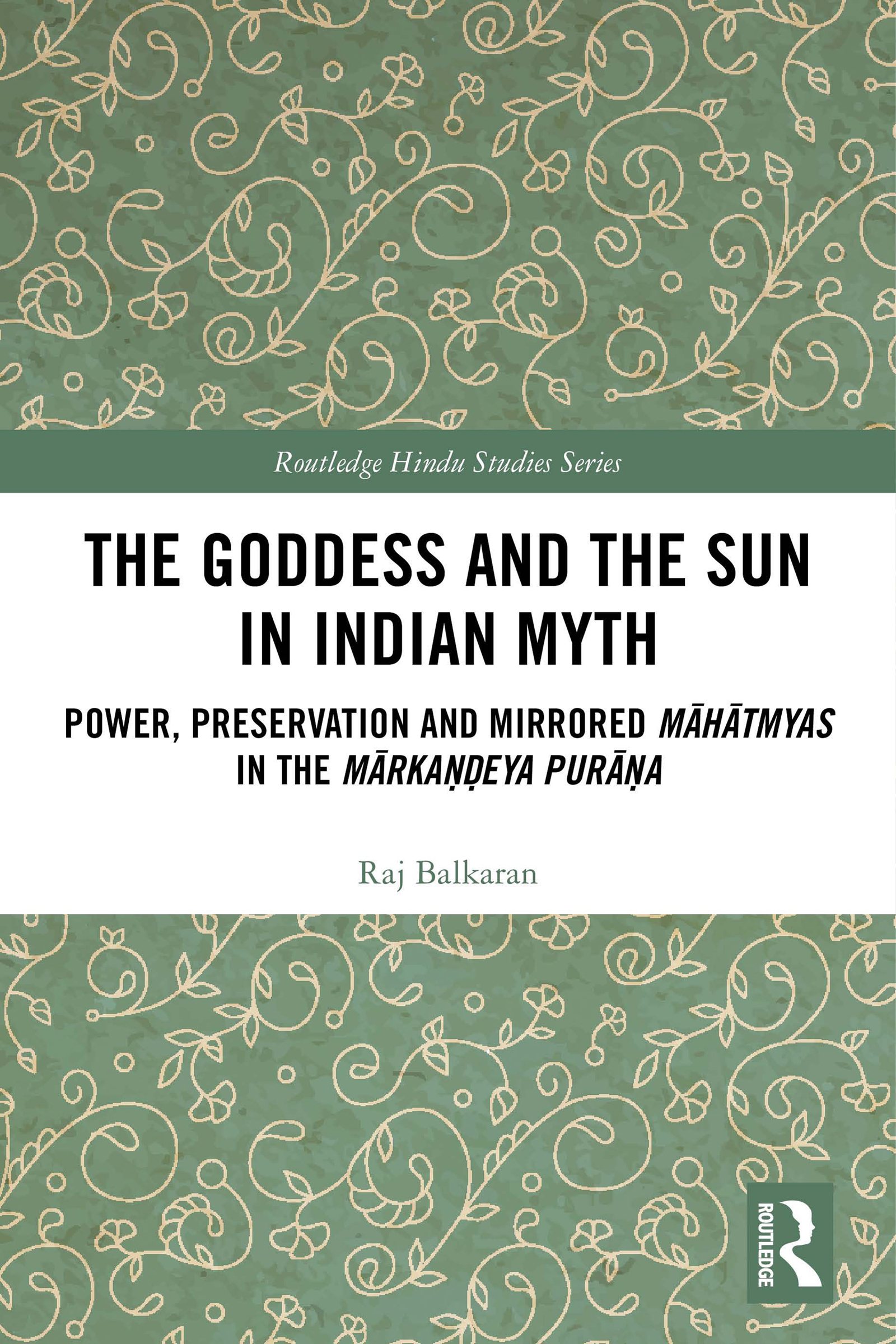The Goddess and the Sun in Indian Myth
The Goddess and the Sun in Indian Myth
In analyzing the parallels between myths glorifying the Indian Great Goddess, Durgā, and those glorifying the Sun, Sūrya, found in the Mārkaṇḍeya Purāṇa, this book argues for an ideological ecosystem at work in the Mārkaṇḍeya Purāṇa...
Read more
In analyzing the parallels between myths glorifying the Indian Great Goddess, Durgā, and those glorifying the Sun, Sūrya, found in the Mārkaṇḍeya Purāṇa, this book argues for an ideological ecosystem at work in the Mārkaṇḍeya Purāṇa privileging worldly values, of which Indian kings, the Goddess (Devī), the Sun (Sūrya), Manu and Mārkaṇḍeya himself are paragons. This book features a salient discovery in Sanskrit narrative text: just as the Mārkaṇḍeya Purāṇa houses the Devī Māhātmya glorifying the supremacy of the Indian Great Goddess, Durgā, it also houses a Sūrya Māhātmya, glorifying the supremacy of the Sun, Sūrya, in much the same manner. This book argues that these māhātmyas were meaningfully and purposefully positioned in the Mārkaṇḍeya Purāṇa, while previous scholarship has considered this haphazard interpolation for sectarian aims. The book demonstrates that deliberate compositional strategies make up the Saura–Śākta symbiosis found in these mirrored māhātmyas. Moreover, the author explores what he calls the "dharmic double helix" of Brahmanism, most explicitly articulated by the structural opposition between pravṛtti (worldly) and nivṛtti (other-worldy) dharmas. As the first narrative study of the Sūrya Māhātmya, along with the first study of the Mārkaṇḍeya Purāṇa (or any Purāṇa), as a narrative whole, this book will be of interest to academics in the field of Religion, Hindu Studies, South Asian Studies, Goddess Studies, Narrative Theory and Comparative Mythology.
Less





















.jpg)





.jpeg)

